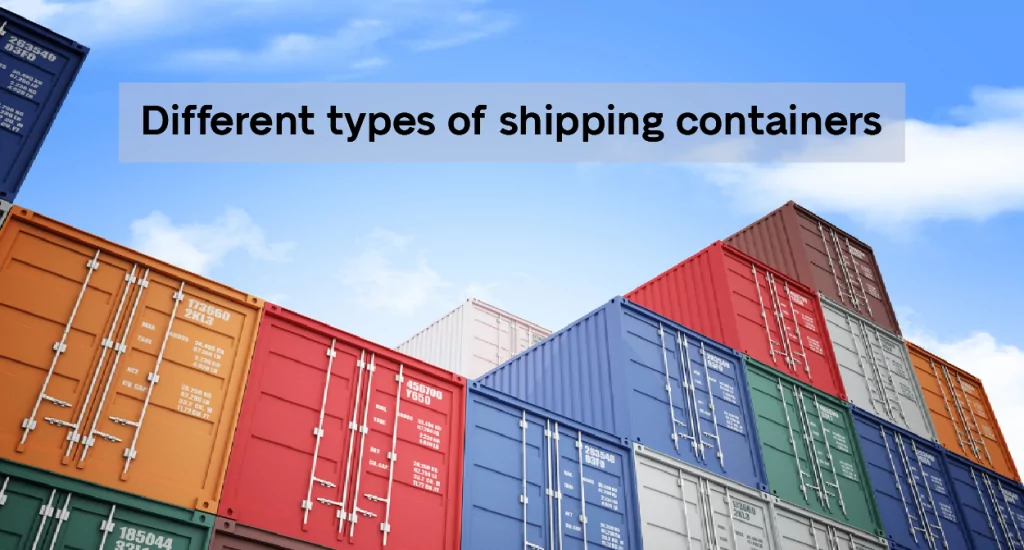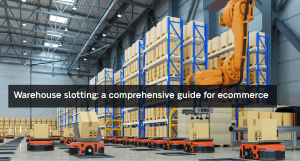Have you ever wondered how the products you order online and use every day reach your doorstep? Shipping containers play a fundamental role and are responsible for moving 90% of global merchandise. There are many types of containers, each with a specific purpose to adapt to different types of cargo. They not only simplify the shipping process, but also have a profound impact on all industries. Let’s discover more about the different types of shipping containers!
A brief history of shipping containers
Shipping containers were introduced in 18th century England to transport coal in simple wooden boxes. But it was only in the mid-20th century that the shipping container as we know it today truly took shape, thanks to Malcolm McLean, a visionary truck driver who saw the potential to drastically improve the handling of goods.
In 1956, shipping containers started travelling across countries, thanks to McLean’s introduction of the corrugated steel intermodal container. This revolutionised the shipping industry by streamlining how goods were loaded, transported, and delivered across the globe, thereby broadening the reach of businesses in new markets.
Standard container – dry storage container
Standard dry storage containers, also known as general purpose containers, are the most used containers, because of their versatility and adaptability, making them ideal to transport many types of cargo. They are made from robust steel and are available in typical sizes of 20 and 40 feet, designed to integrate with various transport systems, such as trucks, trains, and ships, thanks to their dimensions which make handling and exchange easier.
Open top containers
Open-top containers, usually 20 feet and 40 feet, generally come with corrugated steel walls and wooden floors with a roof made of removable bows and tarpaulin, making them perfectly suited for loads that exceed the height of a standard container. The absence of a fixed roof allows for efficient loading and unloading using cranes or other specialised equipment. This makes it an ideal choice for items that don’t fit the size of regular containers. On their upper and lower side rails, as well as the corner posts, open-top containers have lashing rings to secure cargo weighing up to 1,000 kg.
Flat rack containers
Flat rack containers are particularly useful for carrying large or heavy items like industrial machinery and heavy equipment. They are often available in collapsible and non-collapsible models. The collapsible versions have sides that can be folded down to save space when not in use, whereas the non-collapsible versions offer more integrity and stability. To secure heavy cargo, they are equipped with lashing rings on side rails, corner posts, and floor, which can hold up to 2000 kg in case of 20 feet flat racks or 4000 kg in case of 40 feet containers.
Open-top containers and flat-rack containers are especially designed for handling oversized or bulky items that standard containers cannot accommodate. In fact, their removable sides facilitate side or top loading and unloading of cargo.
Reefer container
Reefers, also known as refrigerated ISO containers, are special containers designed to transport perishable goods, like food or pharmaceuticals, that need specific temperatures to preserve freshness.They have advanced ventilation and refrigeration systems that maintain a controlled temperature range between -40 and +35 degrees Celsius.
Tank containers
Tank containers are designed to transport liquid, like dairy products, fuel, or chemicals over long distances. If the liquid requires a specific temperature, these tank containers can be equipped with insulation or heating, which is controlled accurately during transport, thanks to temperature sensors.
Platform containers
Platform containers, also known as flatbed containers, are used to transport cargo that exceeds dimensions of standard containers, as they have no sides or walls. They are commonly used to transport heavy machinery, construction equipment or long pipes.






